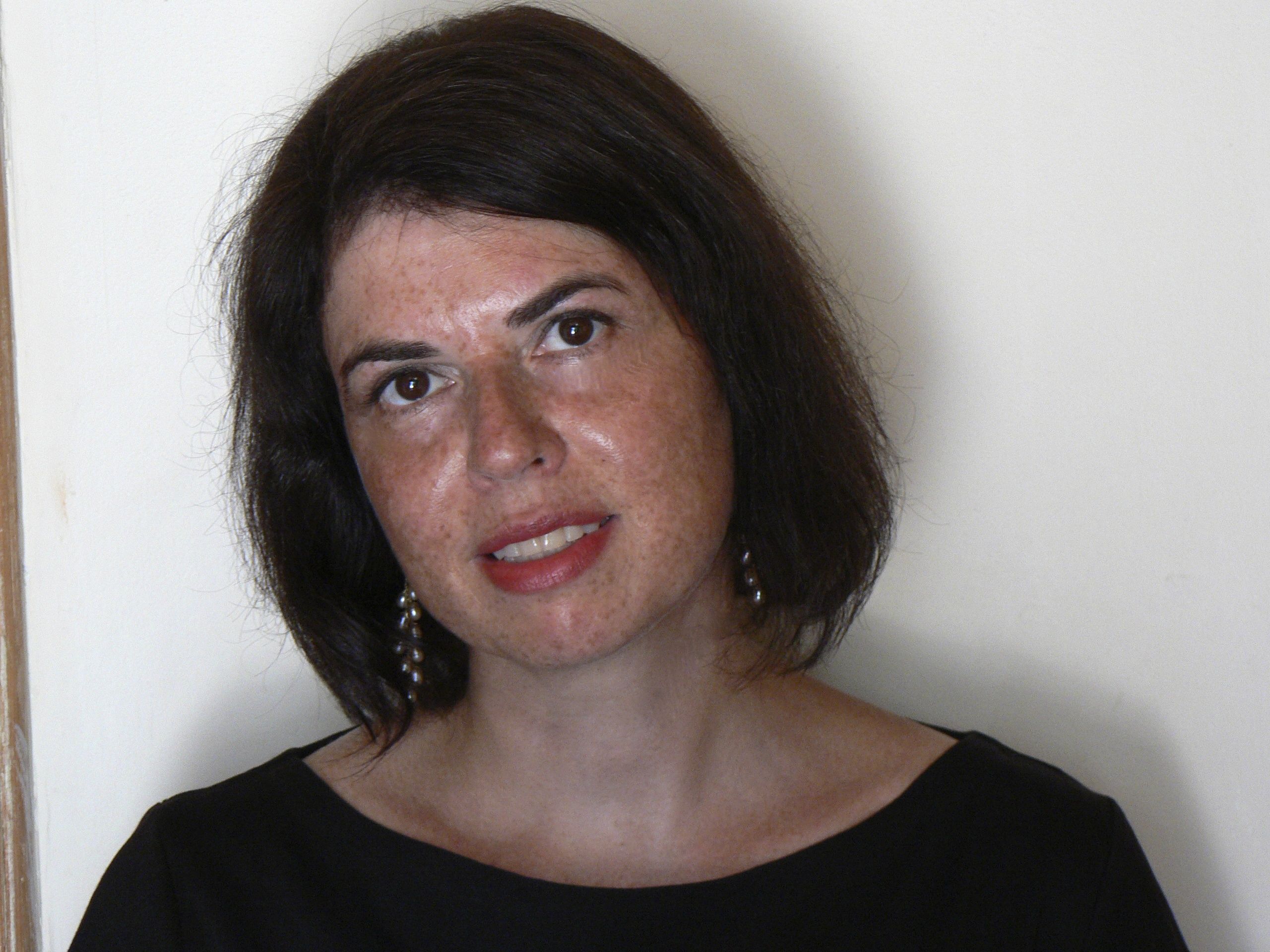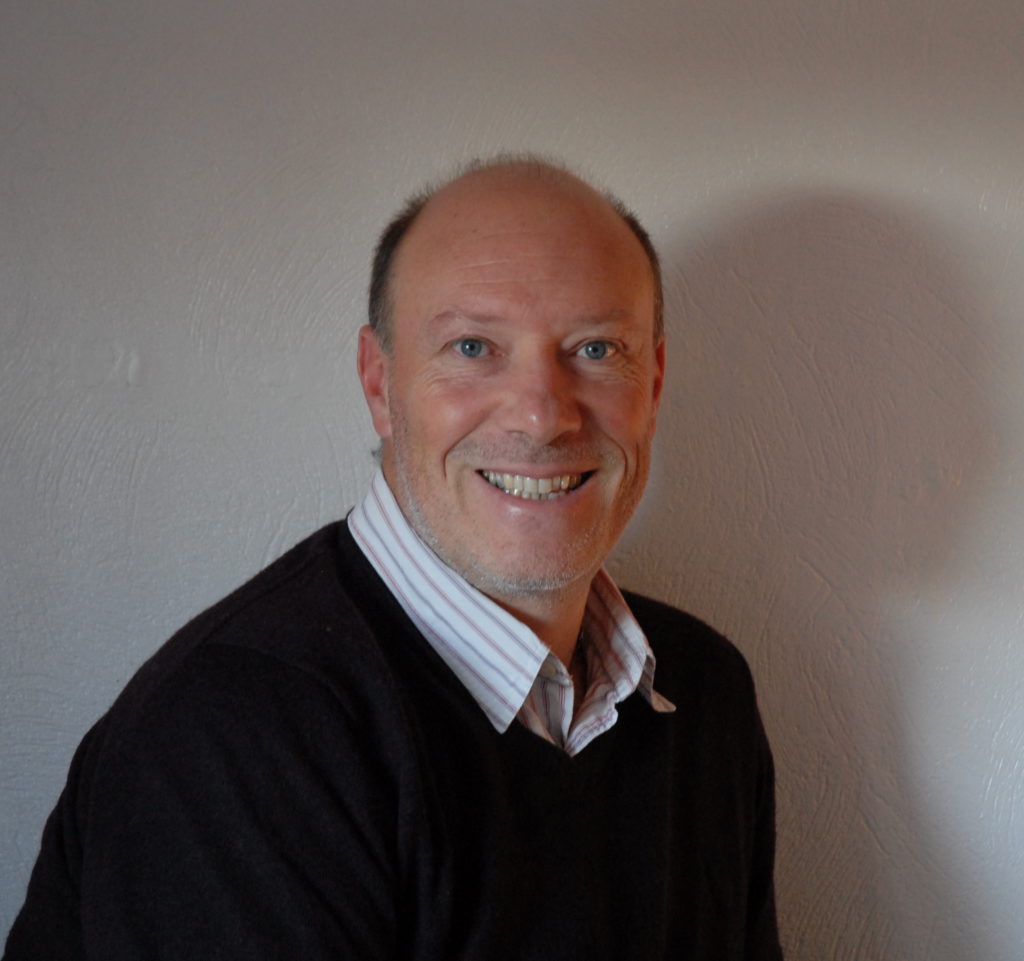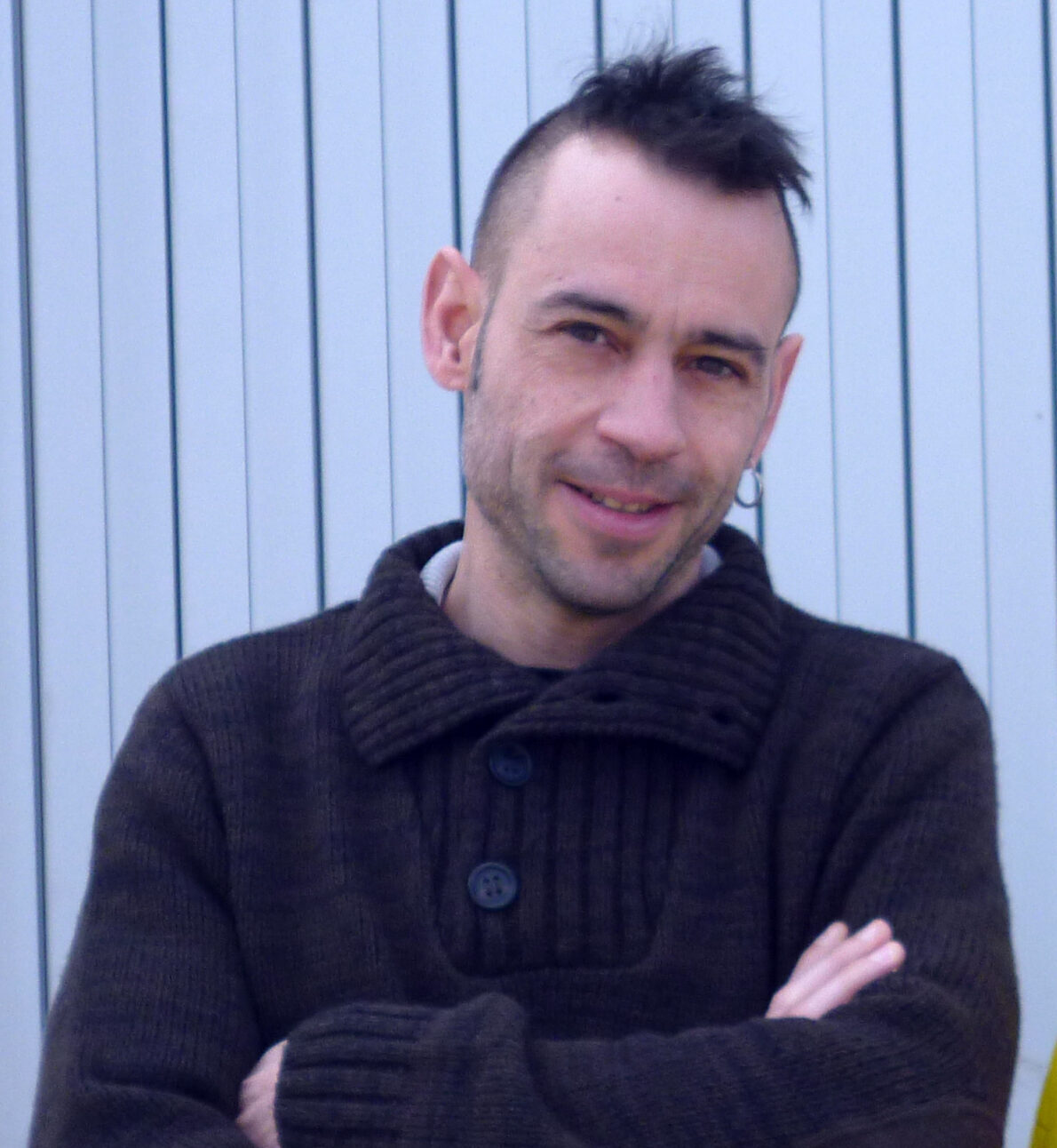In this interview with Culture Media Lab, researcher Olivier Thuillas discusses his study of cultural platforms.
You have been working for years on the socio-economy of cultural platforms. Can you tell us in a few words what it consists of?
It consists in studying and analyzing cultural platforms. We have been conducting this research since 2018. Since the beginning of the project, we have managed to describe two types of platforms. We started with alternative platforms, and then looked at the big platforms like Amazon, Netflix or Spotify. We have published many articles and are preparing a book that we hope will become a reference for the debate surrounding the role of platforms in the development of cultural industries.
On which sectors in particular is the research focused?
We deal with all the sectors of the cultural industries, like books, cinema, recorded music, the press, audiovisual contents and video games. Our investigations first focused on books, music, video on demand and ticketing. We are now interested in emerging sectors such as podcasts and audiobooks. With several questions: How do the players compete to produce content? How do they position themselves in relation to creation? Which economic model can support them? On the other hand, we can see that users are largely taking over. So we investigate into how they make their acquisitions, via subscriptions, pay-per-use purchases or through other methods of use.
Where are you conducting this research?
We are researchers in the Dicen-IdF laboratory and associates in the Cultural Industries and Artistic Creation laboratory of excellence (Labex ICCA), which brings together research laboratories in economics, sociology, audiovisual, information and communication sciences, etc. We have won two calls from this Labex to enable us to carry out this research.
What does the analysis involve?
First, we try to obtain data from the podcast or audio book market at the global level. Then we carry out statistical processing, sometimes using external expertise, to make this data speak for itself and to enable it to be visualized in the form of graphs or analyses. Another large part of the work consists of interviews with podcast producers, platform operators, creators… These interviews are transcribed and we then process them. The difference with a beginning research is our previous knowledge of the sector and of all the cultural actors. These domains are sometimes still emerging and have not yet taken their full place in the cultural world. I’m thinking, for example, of podcasts, which didn’t exist twenty years ago, which consisted of catch-up television, then radio. And in this market, we see products proposed by major players in television, radio or the press, with a particular economic model. Native podcasts obviously attract our attention. These are audio contents that have never been broadcast on the radio before. We are analyzing how they are created, how they are financed, how the editorial choices are made, what their strategy is. For the moment, users do not pay for them. But we can imagine that monetization will evolve beyond the current system of advertising or brand content they usually integrate. This answers one of our questions: what issues do they encounter with financing and support from the public authorities in this sector?
Do you focus your analysis on platforms?
Yes, we always come back to platforms. And we keep asking our questions from a socio-economic point of view. Why do native podcasts are created? Who creates them? How is the whole production financed? What will be the next strategies of these players? What will be the economic model of these podcast producers and how much of the product will be monetized? Will it be via advertising, or podcasts made for brands, like brand content for companies or institutions? In short, what are the editorial and economic strategies? But we also question the stakes of support from the public authorities and the sector’s expectations toward them. And finally, of course, the distribution, the role of the platforms, the way people will access these podcasts in the near future.
The first platform you would think of is the one that gave the podcast its name, Itunes Store with the iPod. Apple Podcast brought podcasts together. But now other platforms are taking a dominant position, like Spotify and Deezer. We are working on how they position themselves in this market and analyzing their different proposals. They are positioning themselves more and more on the podcast offer and even propose to buy them to creators or sign exclusive contracts so that they can be listened to on their platform and nowhere else. The dominant business model on platforms is now subscription-based for an unlimited access. Will the podcast become a paid service tomorrow? Will we have to subscribe to podcast platforms and will the consumers do so? There is a platform that we are studying, independent and French, which has this model: Sybel.
What are the main lessons you have learned from your research so far?
First of all, we notice a great diversity of existing platforms and models. We study very different players with very different strategies. And sometimes also, independents, in books, in cinema, placed in editorial niches. These differences are sometimes little noticed by users : for them, the platforms can look very similar. But in reality, the strategies differ greatly. For example, Amazon Prime, will position itself on the production of content to support their primary activity as an online shopping giant. With Prime Video, they will try to build customer loyalty through access to content and then try to sell products on Amazon. Audiovisual production can be a pretext. Netflix, on the other hand, only offers content and will have a very international strategy. This analysis is one of the important contributions of our work. Secondly, we are part of a school of research called the Cultural Industry Studies. We pursue the work of our elders, the researchers who preceded us. The theorists in this field have shown that there are a certain number of models. It is up to us to continue the work of this field. For example, they have described models such as the unit purchase (books in bookstores), the flow (television programs), the counter (payment by the minute on service platforms), such as the club (the Canal+ subscription) or the brokerage function (Google has become a specialist in this field). We show how the club model and the brokerage function sometimes merge today (with Netflix for example). Digital practices disrupt but borrow from the existing. Our research describes this process.
Last question: How is the association with the work of the Culture Media Lab and the Dicen-IdF laboratory and the link with its particular themes?
At Dicen-IdF, we only have researchers in Information and Communication Sciences. I work a lot with Marta Severo on collaborative platforms : she brings a lot of theories on how collaborations take place and I bring elements of collaboration around socio-economic strategies. The collaboration is very fruitful. We need all approaches to understand these new platforms. Moreover, the interactions with colleagues from the Culture Media Lab will allow us to develop, in the future, innovative empirical analyses around this object of study.
Link
Have a look at the project page :
Socioeconomics of cultural platforms
Mots-clés
Last news





